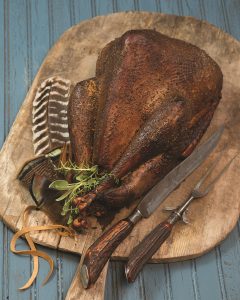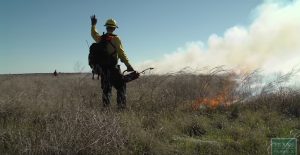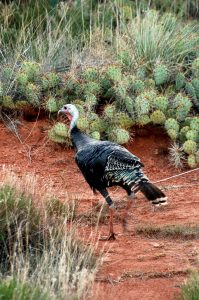Preparing Your Spring Turkey for the Table
Tuesday, April 30th, 2019This is Passport to Texas
If you harvest a bird during the 2019 spring turkey season, don’t wait until Thanksgiving to eat it. Yet, whenever you prepare it, be sure to save their built-in “flavor packet”.
Wild turkeys have this huge fatty deposit at the top of the chest and the base of their neck; it’s called the breast sponge.
Susan Ebert is author of The Field to Table Cookbook. She says gobblers develop this fat layer to sustain them during mating season and it can account for up to 10 percent of the bird’s body weight.
It’s very weird looking tissue. And some people will just cut it off and throw it away, and I say, oh no…no…no. Leave that breast sponge on the turkey’s breast. Because, what you have is a built-in fat blanket to keep that meat moist while it’s cooking. It will shrink substantially during the cooking process. You can discard it afterwards, before you start carving.
We have a longer segment on harvesting and preparing wild turkey with Susan Ebert, as well as a segment on turkey restoration and another on how to call turkey for hunting or nature watching, and on our podcast Under the Texas Sky.
It’s the one called “Talking Turkey”.
The podcast is available on spotify, iTunes and other places where podcasts roam.
For Texas Parks and Wildlife…I’m Cecilia Nasti.





 Passport to Texas is a
Passport to Texas is a  Passport to Texas is made available by:
Passport to Texas is made available by: